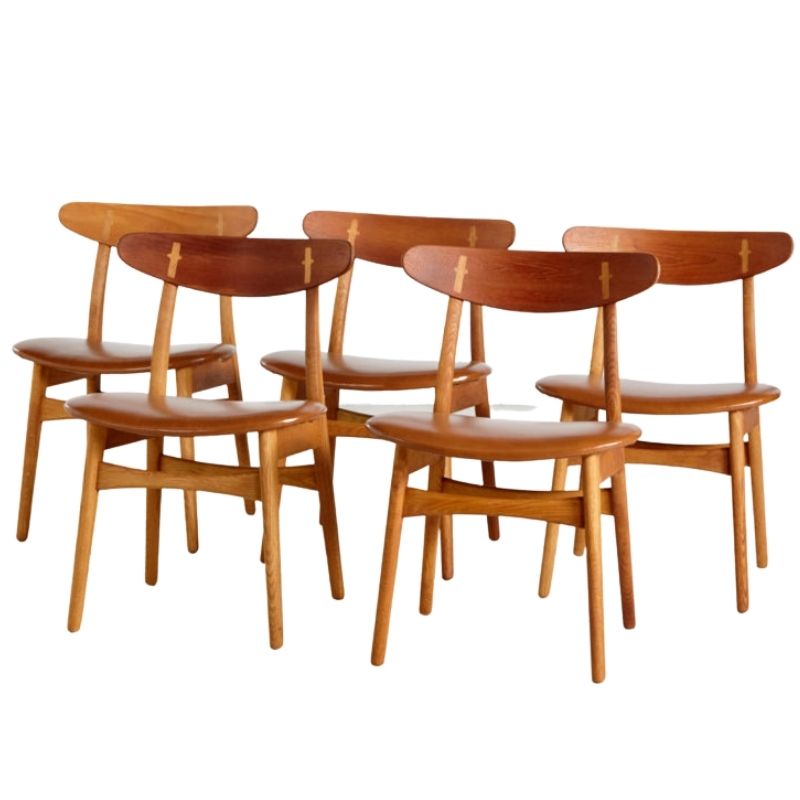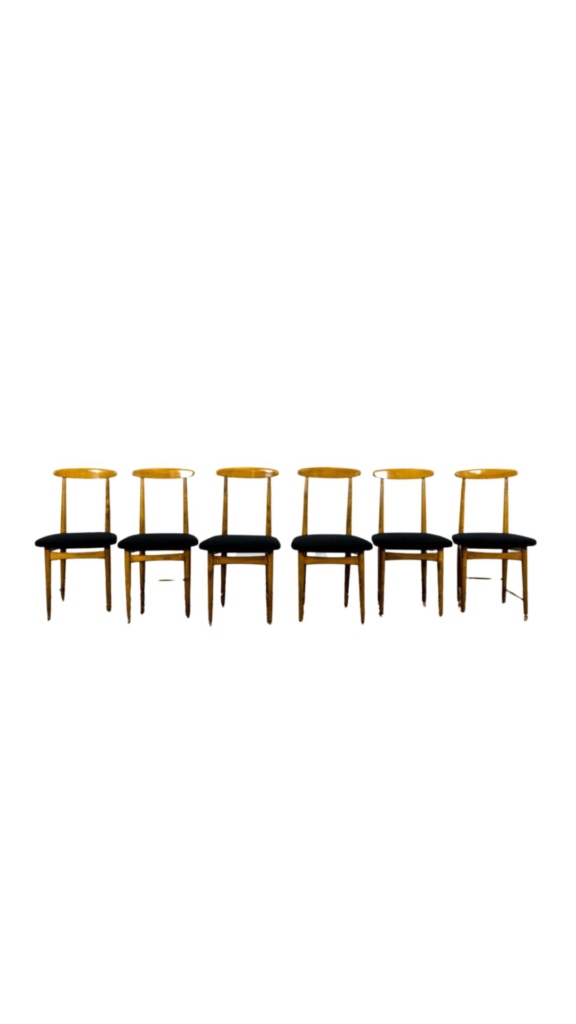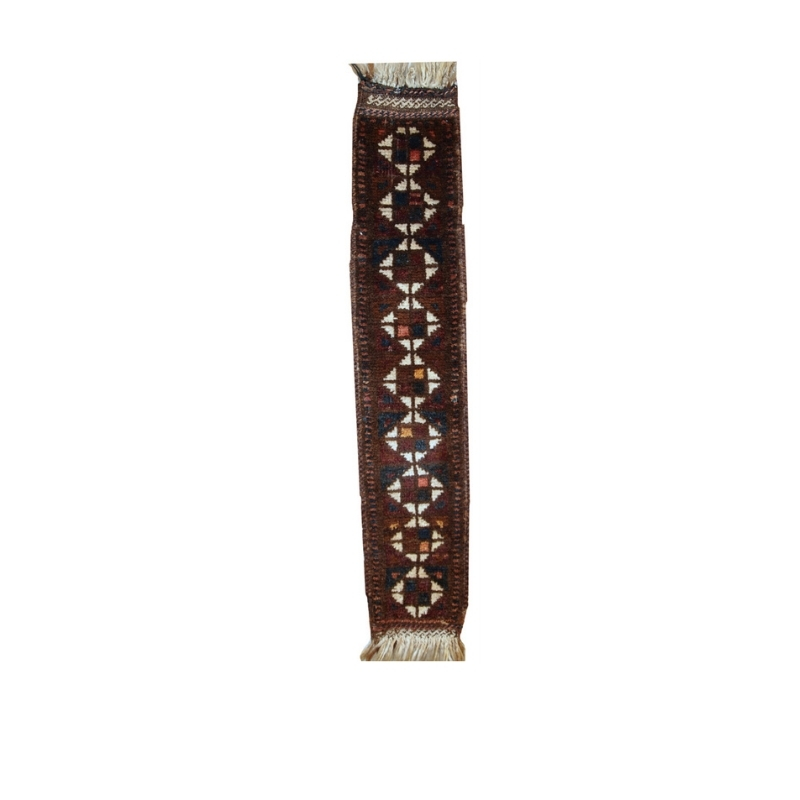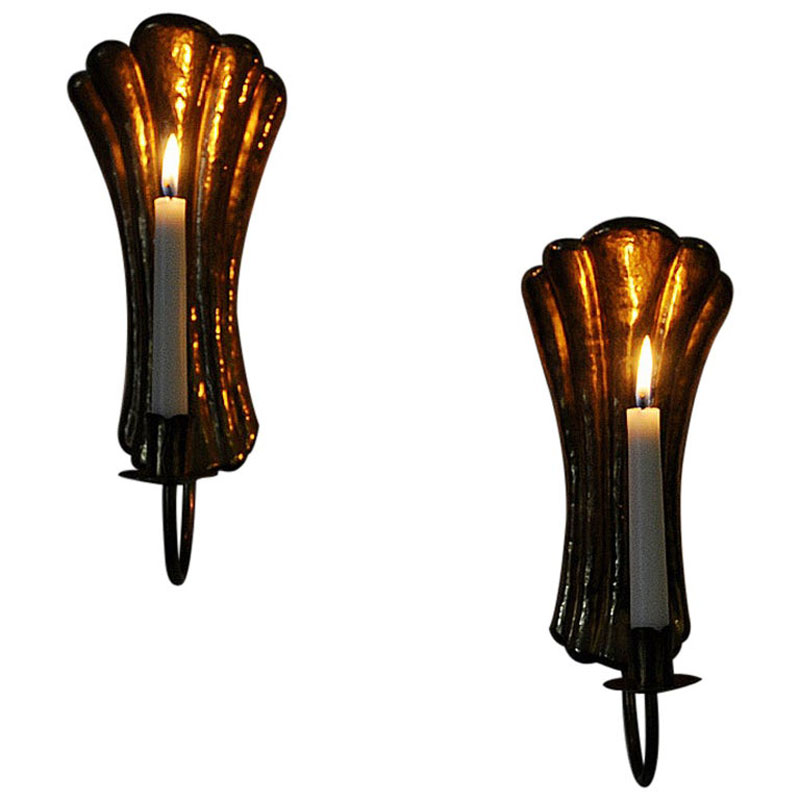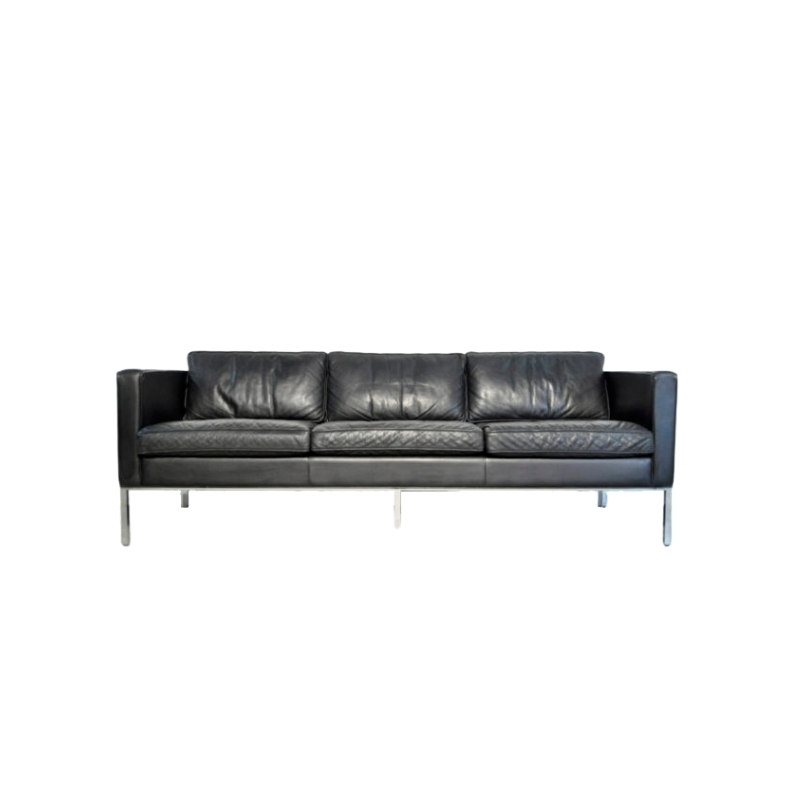So I just picked this chair up for $10 locally. only problem is the water mark on some of the rope from a leak that occured in the ladies closet. She was the original owner of the chair and said she bought it in the 60's. I can't make out the stamp that shows where it was made(see photo three). Can anyone help me figure out if this is an authentic Wegner chair or a reproduction by someone of the same time period. Also, anyone have any tricks to get out the water stain on the rope?! Thanks!
 <img class="wpforo-default-image-attach
<img class="wpforo-default-image-attach
your chair
I've seen a lot of Yugoslavian-made chairs like this one.
I've also rewoven lots of Danish paper cord chair seats, which is what this looks like. I always just reweave the seat rather than try to get stains out of the paper, though maybe you could use a wood stain to darken the whole thing. The weaving is actually very easy to do and the materials don't cost much. You could probably redo it yourself for about $20. I get my cord from Frank's Cane and Rush Supply in CA.
Here's the Wegner chair:
guaranteed not a wegner
hi there
many of these chairs are from yugoslavia and were made to look like but are distinctly different from the original jh512.
for $10 you have got yourself a bargain so keep smiling.
The chairs papercord water stains can be removed quite simply by bleaching with oxalic acid.
you need a saturated solution with the crystals forming in the liquid for it to be effective.
then apply with some very fine tipped artists brushes only to the dark area you wish to bleach.
Okay, wait a second here-I...
Okay, wait a second here-I have some questions:
1. Who the hell is Ebert Wels?
2. Did he realy design this chair in 1928 ? (I am dubious of this claim)
3. Considering Wegner's JH-512 was originally designed in 1949, should we assume Wegner copied this design from Wels? (I'm not buying it)
The Ebert Wels chairs I'm finding online seem to date from the 60's...which would mean Wels along with the Italians and the Yugoslavians are the ones who did the copying. This is a narrative I can believe
Perhaps you should have...
Hmm....maybe I'm completely wrong...should have held my tongue. Here Wels is credited with designing a similar chair in 1928. You learn something new everyday.
I guess this chair is similar to Klint's Safari chair, in that it was an existing design, modified later.
http://www.designboom.com/eng/education/folding/onlevel.html
jbnickovich
The Wegner chair is woven with rattan, not paper cord, I believe. Rattan is split reed and paper cord is just twisted kraft paper.
Interesting about using oxalic acid to remove the stains, Simon. Does it really restore the look completely or is there a faint mark where the stain used to be?
Here are
the drawings and photo of Wegner's chair, as published in "Contemporary Classics: furniture of the masters" (Gandy and Zimmerman-Stidham; 1981).
In the text, the author(s) report asking Wegner about the history of his chair. He does not refer to a previously-existing prototype, stressing instead the chair's "carved perfection, the beauty of it's naturally finished oak and rattan, and its uniquely successful operation." "Though artistic inspiration is important to Wegner, he believes that success is more dependent on the skill and integrity of the craftsman."
Note the difference in the woven pattern of the covering at the open-weave portion of the seat, and the absence in the earlier (?) chair of the hanging notch in the lower crosspiece of the frame.
Danish designers weren't...
Danish designers weren't upset to use or re-interprate older designs. Like it was already stated, the designer (wegner in this case) was far more interested in the craftmanship and the material he uses.
Taking a new turn on an old design must be liberating, as you don't have to bother so much with the idea of creating something 'new'. It's a bit like jazz-standards, you freely improvise on them.
Much of Klints designs underwent a 'reprise', I remember the folding stool by Kjaerholm being almost identical in form to one designed by Kare.
I kinda like this way of designing, as it creates it's own sort of history. Designs gets an interesting heritage.
Nowadays designers are so obsessed with creating something new , many objects and designs just lack depth (to me). They come tricks or folies, pitched out the obsessive idea of moving on.
And it's everywhere arround us, in all the arts, the media, in electronics.
Creating new stuff for the sake of new stuff.
Obviously I'm generalising here, I'm not really that conservative. But I do question the way we live and design often and a lot...
Worth a risk
Paper cord from 1928!! Damn they were far ahead of their time. I would risk my rep on saying that for the period of 1928 there would have been much more emphasis on Art nuveau and art deco than the sleeker lines of wegner.
The 501 "the chair" was embodied in this.
Dont forget that Wegner was credited with with perfect embodiment of using the "naked" frame as the entirety of the chair, where before this period the plumber and over upholstered style was in favour.
It is right to say though that Wegner took inspiration from a 16th Century Chinese throne chair, BUT that the designs inspired were new and in a direction not seen before.
I spoke to a retired joiner in Denmark, who recalled the painstaiking work they had to put into getting the processes just right before Wegner would let them start a production. He made him do the same joins over and over until Wegner was perfectly happy that he understood the workings and process of the join, replicating it perfectly each time from then on.
The techniques used in the 1940-1960 was very much driven by the new optimism from post war and using new methods / materials in ways the had not beed popular before.
just look at the BODIL KJÆR desk for Kodak, 1959 and see how this totally embodies the Modernist simplicity.
If indeed the wels chair was made in 1928 there will be distinc clues to this. The hand carved recesses for the fittings not to mention the state of screws.
Oak is acidic and must have brass fittings for them not to react to the acid in the oak and rust. Hence my 512 has brass hinges.
Now with regards to the 1928 claim I would say look at most other designs from that period and the folding chair will look completely alien.
SPANKY
oxalic acid works the instant it touches the cord. If you leave it on too long you will get a blond area so judgment is very important and something I can not tell you how to achieve. It has taken me years to be able to look at something and see how much / little it needs.
The best result I find is gained by heating the acid for 1 min in a microwave (i have a big jar) but DO NOT BOIL!
Then wipe after with a damp cloth to remove surplus acid and begin the drying period.
Do not leave to dry on without wiping off / neutralising the acid with a damp cloth, as the acid will crystalize in the cord and be a real pain in the ass to get rid of.
Simon
If you need any help, please contact us at – info@designaddict.com



